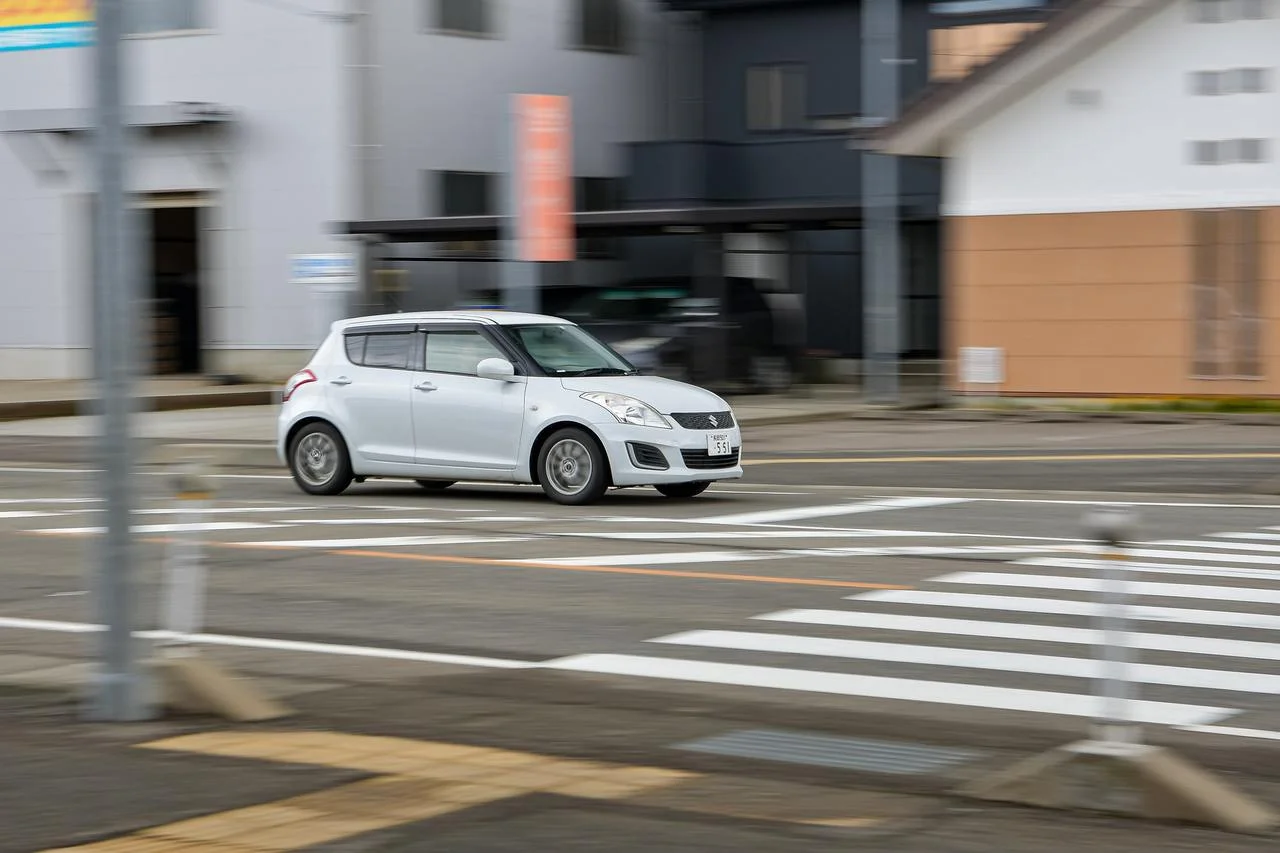Rideshare Accidents in Florida: Who’s Liable – Uber, Lyft, or the Driver?

The popularity of ridesharing services like Uber and Lyft has soared in recent years, offering a convenient alternative to traditional taxis and public transportation. However, as these services have grown, so too have the complexities surrounding accidents involving rideshare vehicles. Who is liable in the event of a crash—Uber, Lyft, or the driver? This blog aims to dissect the nuances of liability in Florida’s rideshare accidents.
Florida’s Rideshare Laws
Florida law requires rideshare companies to carry insurance policies that offer significant coverage, especially when a paying passenger is in the vehicle. The levels of required coverage fluctuate depending on the driver’s status at the time of the accident:
- App On, No Passenger: If the driver is logged into the app but has not accepted a ride, the required insurance is lower.
- App On, Passenger in Vehicle: Once a driver has accepted a trip and until the passenger is dropped off, higher insurance limits apply.
The Liability Puzzle
The Rideshare Company
Rideshare companies usually distance themselves from liability by classifying their drivers as “independent contractors” rather than “employees.” However, their insurance does come into play in specific scenarios. For example, if a driver’s personal insurance is insufficient, the rideshare company’s policy can act as a secondary coverage.
The Driver
In most cases, the driver’s insurance will be the first line of defense in any claim for damages. If their insurance is not sufficient, or if they were not insured, the rideshare company’s insurance may cover the rest, up to the limits defined by Florida law.
Other Parties
Sometimes, other factors like road conditions or another motorist’s actions can contribute to an accident. In such cases, city governments or other drivers might share in the liability.
Determining Fault
Florida follows a “pure comparative fault” system, meaning that a victim can recover damages even if they are partly at fault, though their compensation will be reduced in proportion to their level of responsibility.
The Insurance Web
Navigating the insurance maze can be challenging. Some points to consider are:
- Driver’s Personal Insurance: May cover damages up to a certain limit.
- Rideshare Company’s Insurance: Acts as secondary coverage, but only after the driver’s insurance is exhausted.
- Uninsured/Underinsured Coverage: Comes into play if another motorist is at fault but lacks sufficient insurance.
Conclusion
In Florida, determining liability in rideshare accidents can be a complex task involving multiple parties—namely, the driver, the rideshare company, and possibly others. Understanding the interplay of various insurance policies and legal principles is crucial for both drivers and passengers to know their rights and responsibilities, particularly when filing personal injury claims.
